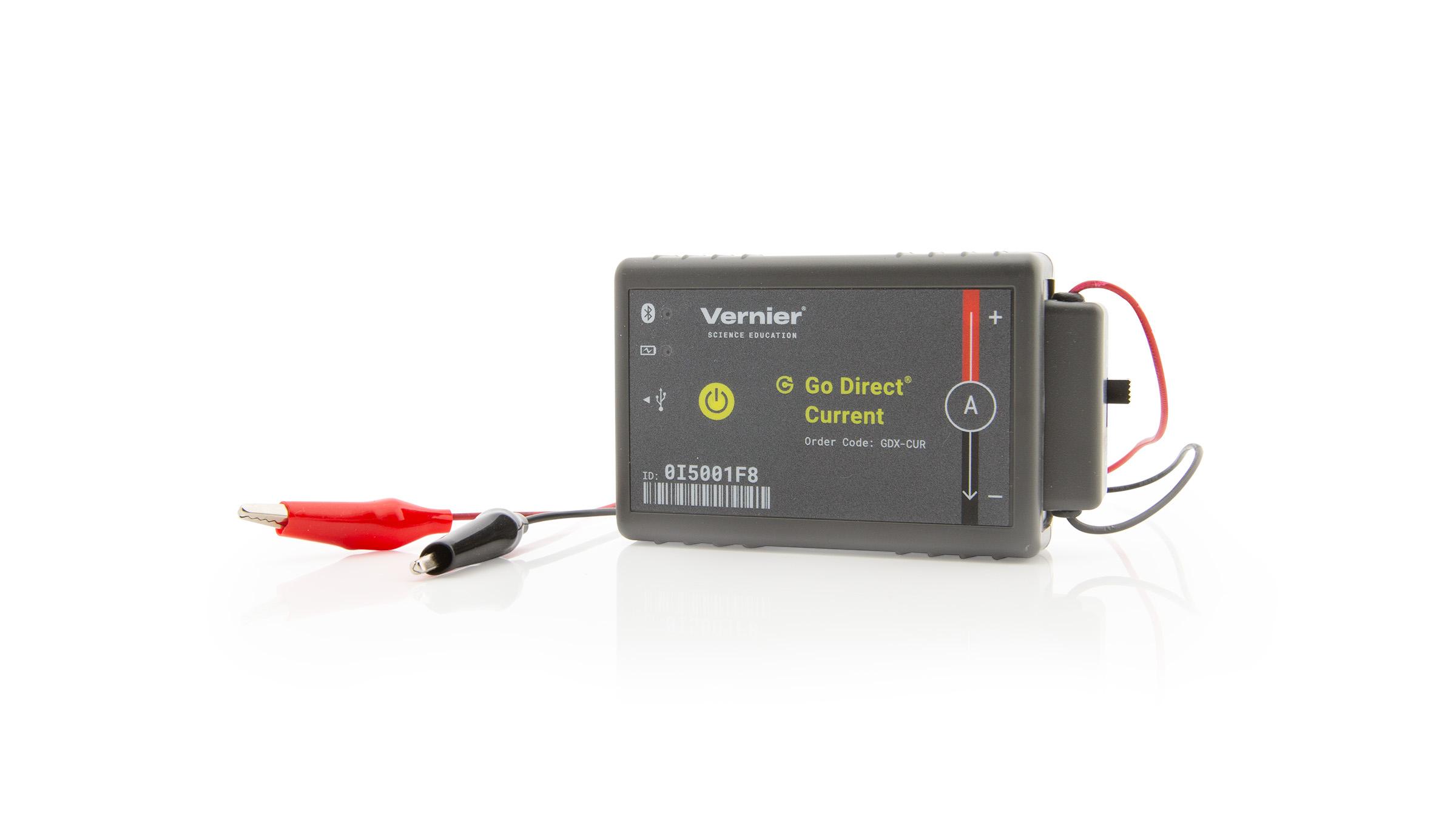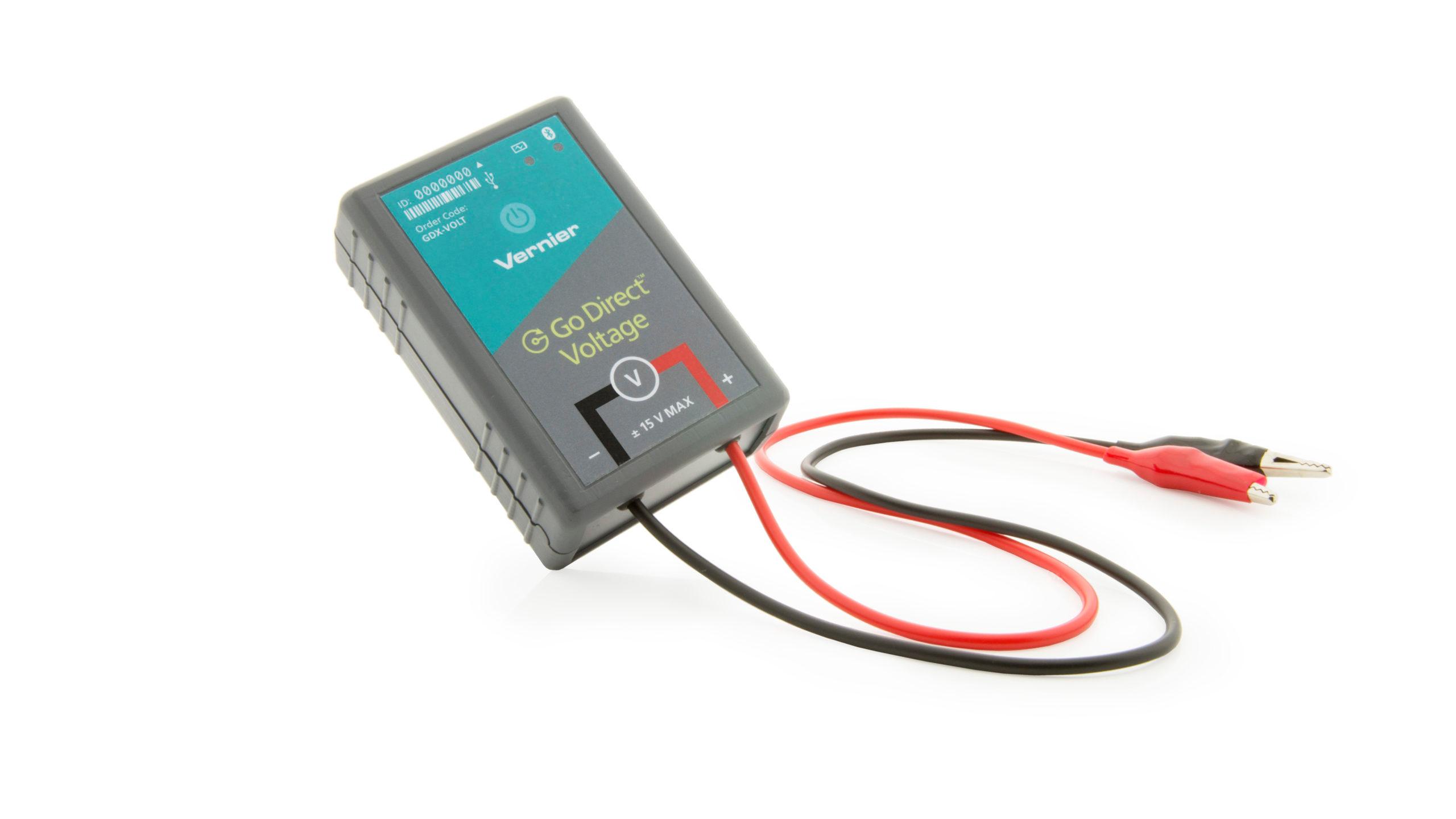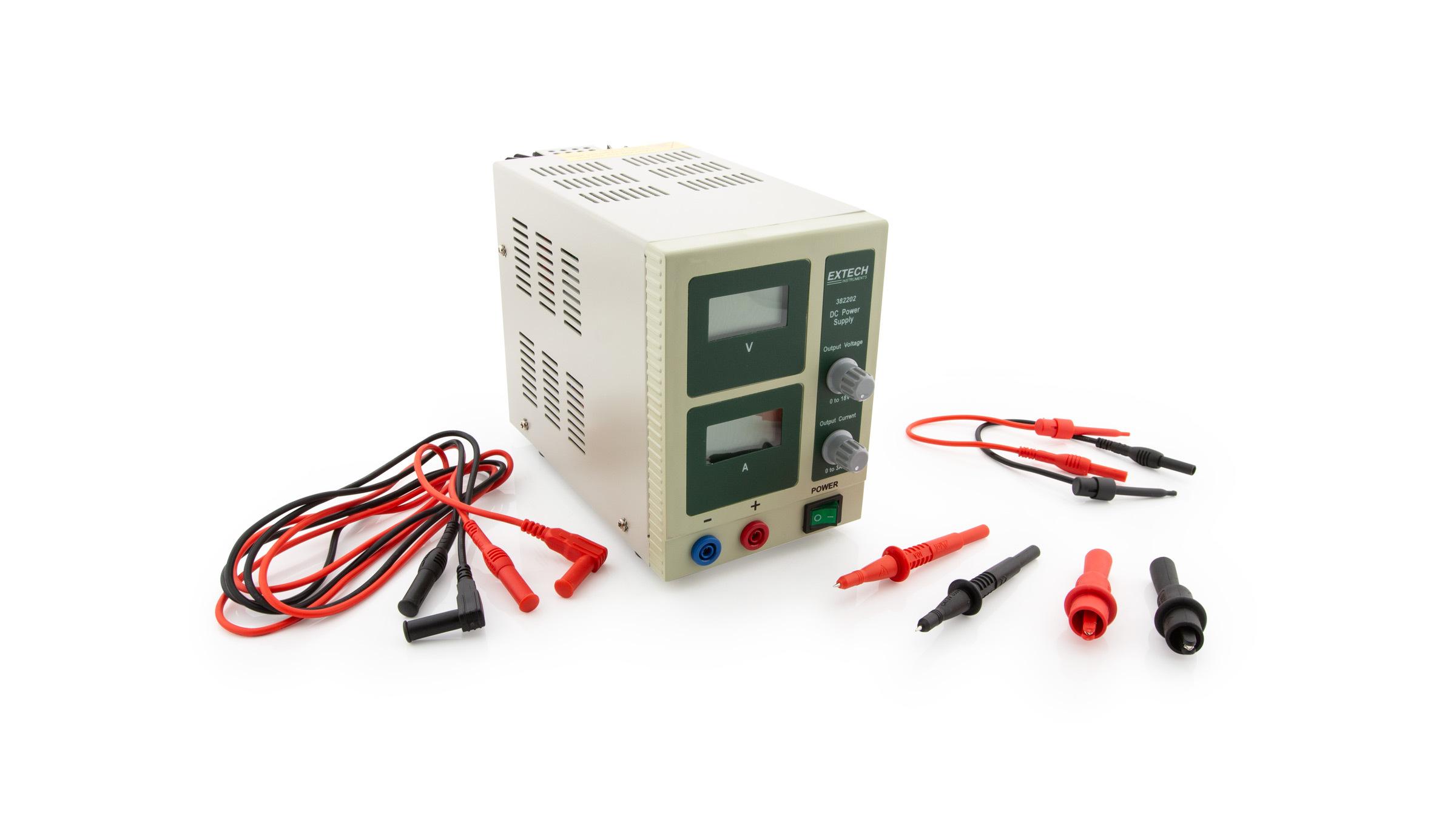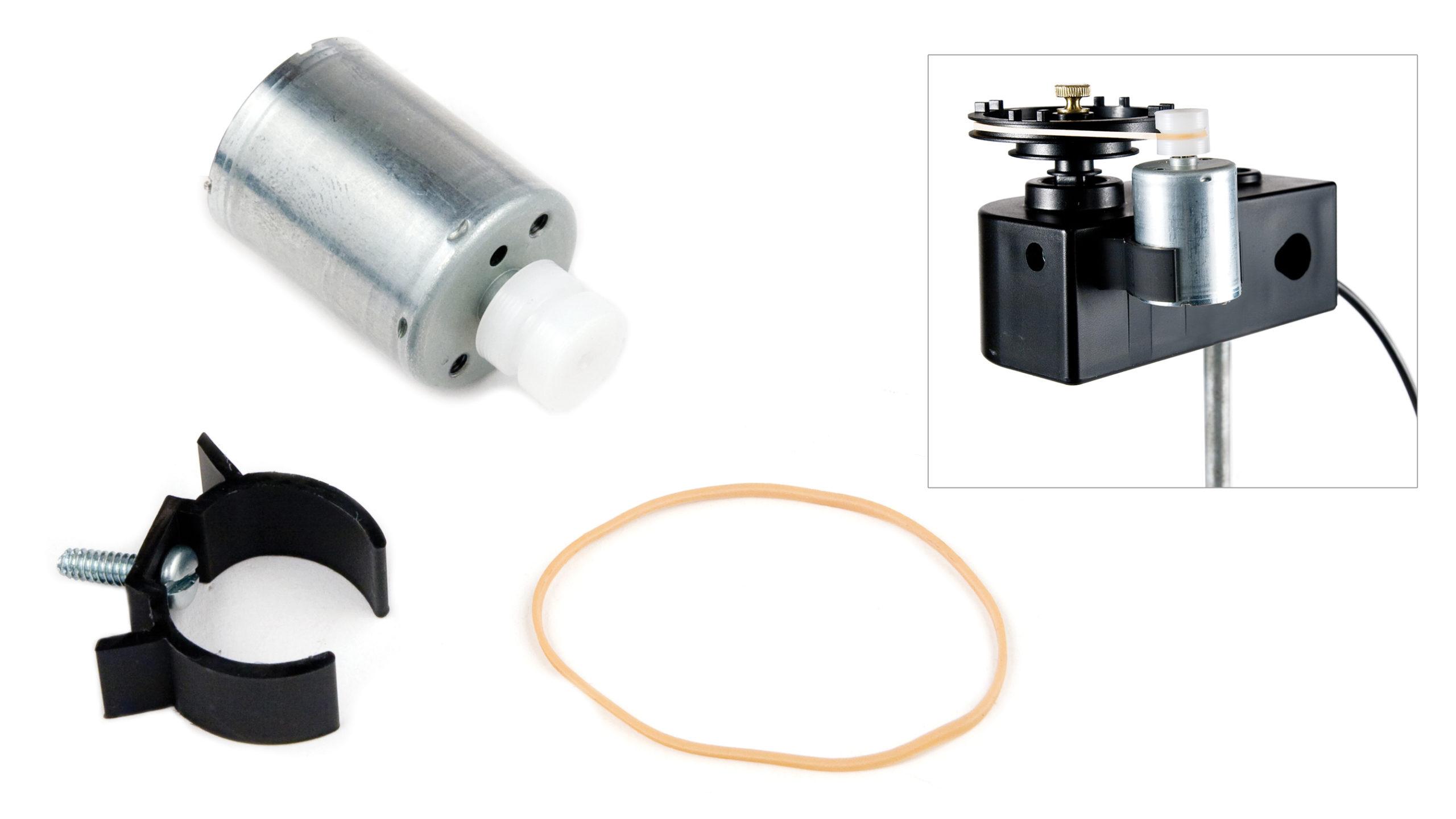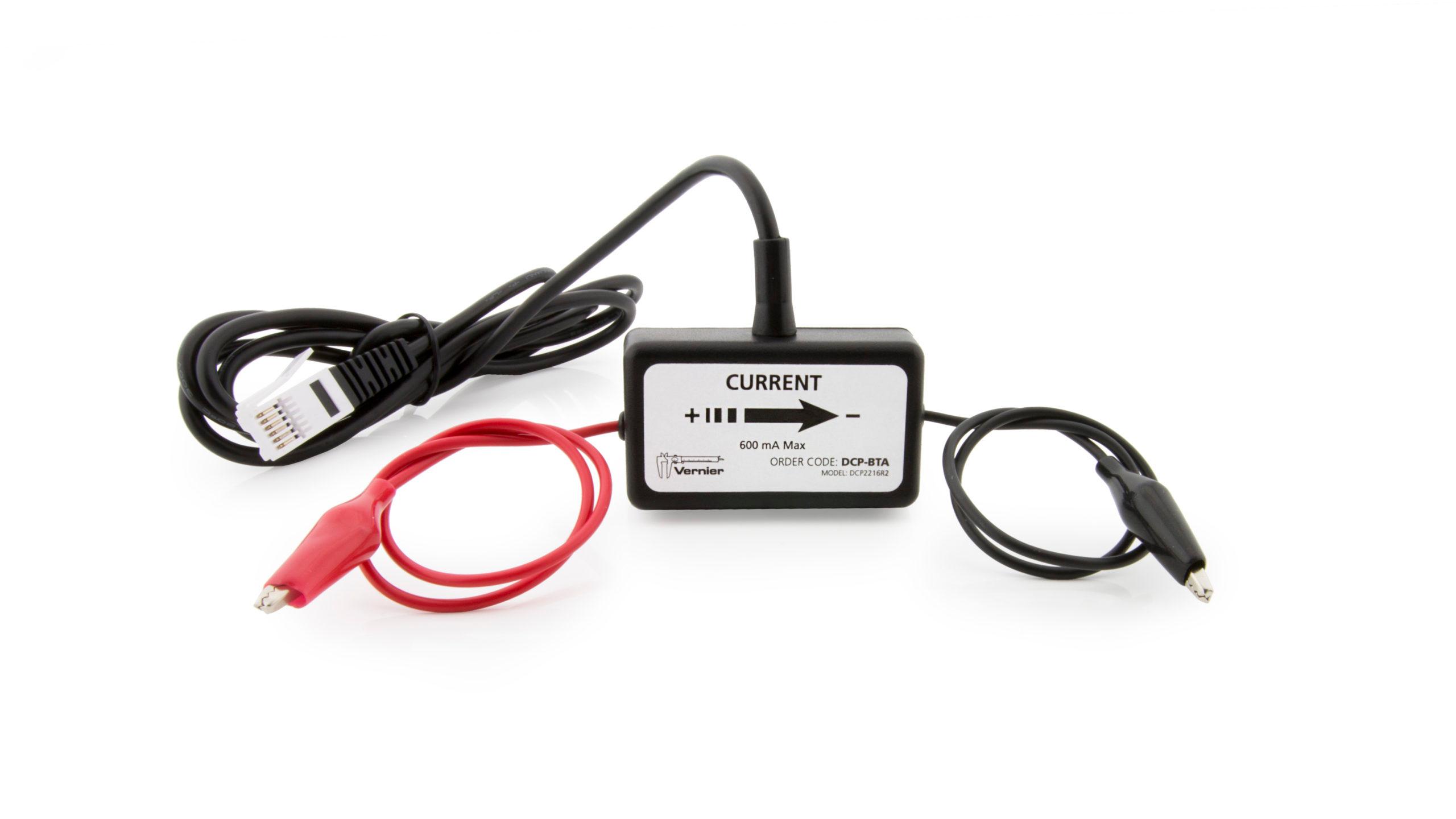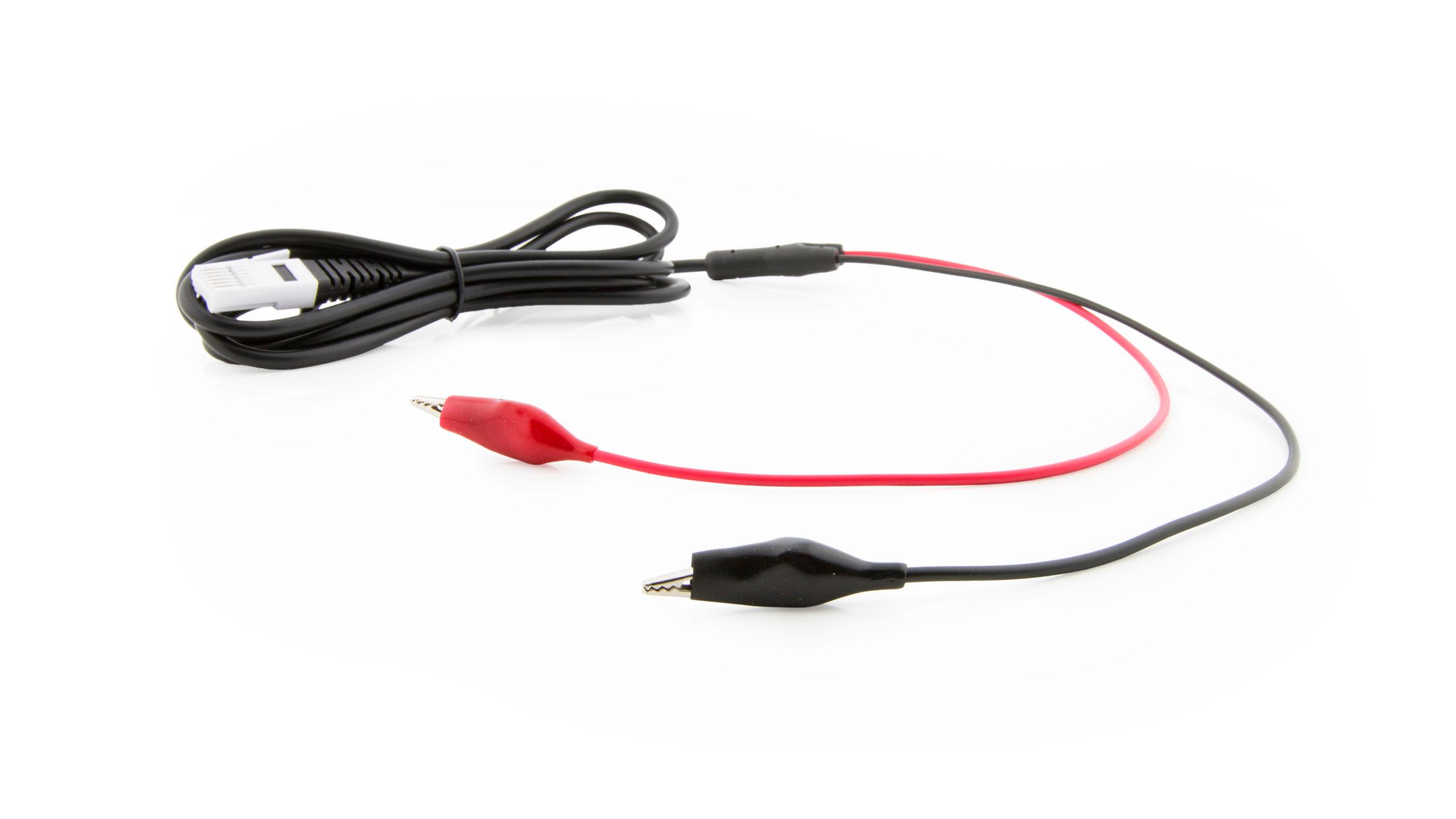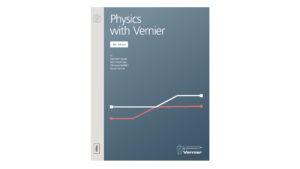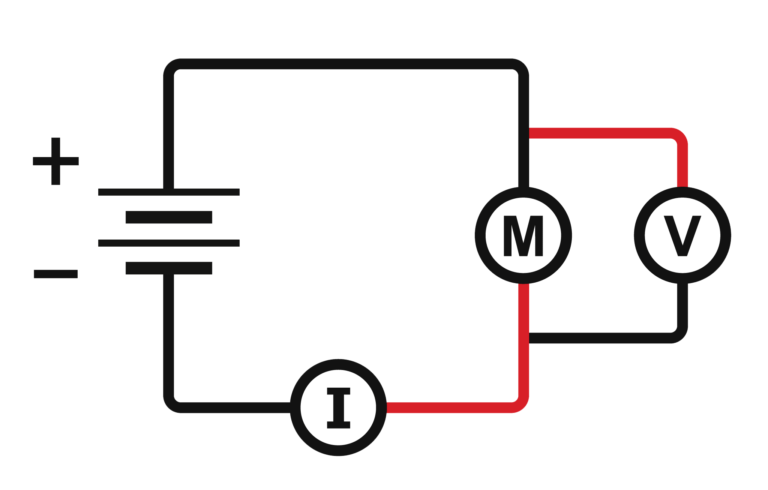
Introduction
In this experiment, you will study a small, inexpensive electric motor used as a crude elevator. You will measure the current through, and voltage (potential difference) across, a motor as it lifts a small mass. If you know the current and voltage, you can calculate another electrical quantity—power. The power used by an electrical device can be calculated from
power = current × potential difference
The unit of power is the watt (W). An electrical device that consumes 1 W converts one joule of energy to another form every second (1 J/s). If the power provided to a device is constant over time, you can multiply the power by the time and get the energy. If the power provided to a device changes during the experiment, the electrical energy can be determined by finding the area (integral) under a power vs. time graph.
You will use this approach to determine the electrical energy used by the motor and compare it to the change in gravitational potential energy of the mass. The gravitational potential energy gained by an object can be calculated if you know the mass and the distance it is lifted. By comparing the electrical energy supplied to the motor with the gain in potential energy of the mass you can calculate the efficiency of the motor as a machine used for lifting.
Objectives
- Measure the power and electrical energy used by an electric motor.
- Determine the gain in potential energy of a mass lifted by the motor.
- Calculate the efficiency of the motor.
- Study the efficiency of the electric motor under different conditions.
Sensors and Equipment
This experiment features the following sensors and equipment. Additional equipment may be required.
Ready to Experiment?
Ask an Expert
Get answers to your questions about how to teach this experiment with our support team.
- Call toll-free: 888-837-6437
- Chat with Us
- Email support@vernier.com
Purchase the Lab Book
This experiment is #27 of Physics with Vernier. The experiment in the book includes student instructions as well as instructor information for set up, helpful hints, and sample graphs and data.

